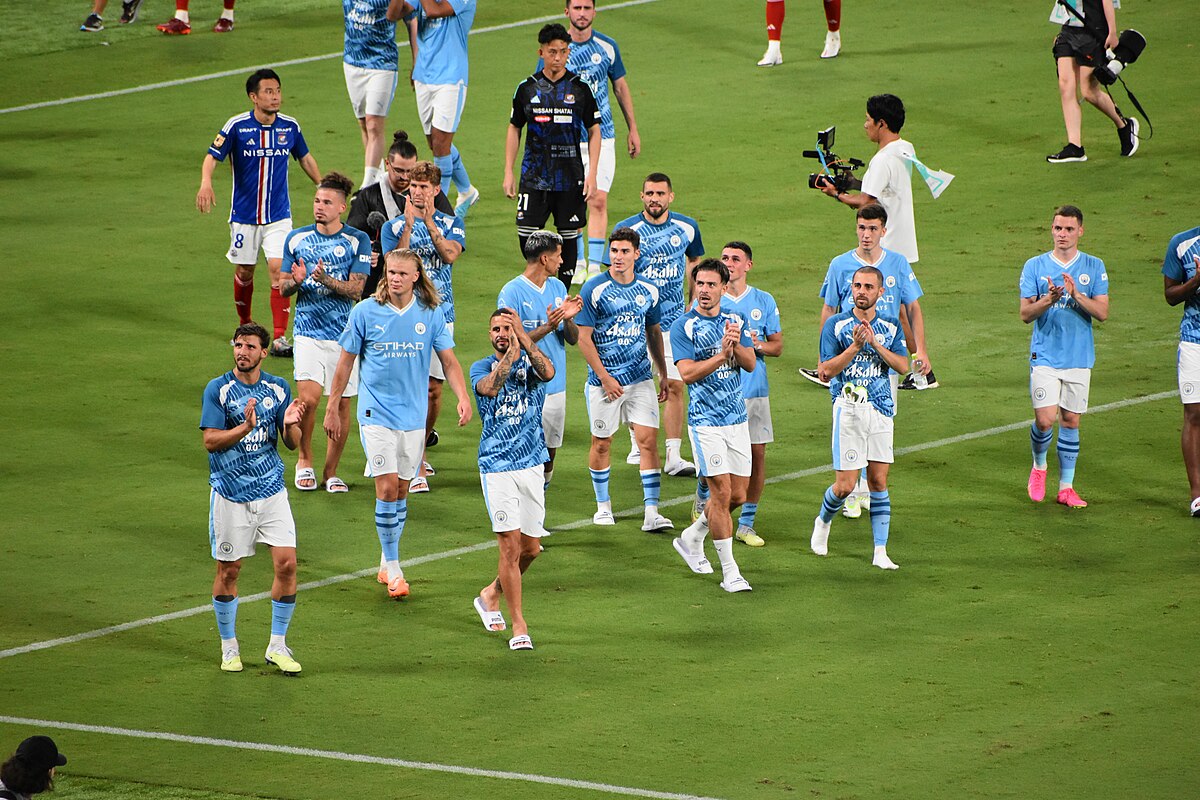How dangerous is multi-club ownership to competitive football?
Manchester city completed their first signing of the summer transfer window by signing Brazilian winger Savio for 25 million euros with an additional 15 million in add-ons. The winger had an impressive 23/24 campaign, racking up 21 goals and assists to help Girona finish 3rd, a vast improvement from 10th the season prior. The Brazilian national team were unable to avoid Savio’s performances so they called him up for the Copa America where he featured four times and contributed with a goal in a tournament to forget for the Selecao.
Naturally, with this level of output, Savio gained interest from many clubs with Fabrizio Romano reporting that many German and English clubs were interested in acquiring him. However, Manchester City were bound to receive his signature, and not because they were, according to Savio, his favourite team as a child, but because of the multi-club ownership model in which City Football Group operate.
The young Brazilian who had garnered interest from top teams ended up at a less well known French side because Troyes are also owned by the City Football Group
Last season, Manchester City secured their fourth Premier league title in a row. In contrast, Troyes, the team that sold Savio to Manchester City, were relegated to the 3rd tier of French football after suffering back-to-back relegations. Manchester City, Arsenal, and the Red Bull group all held interest in Savio as early on as February 2022, according to Fabrizio Romano. However, in that summer, Savio moved from Atletico Mineiro in Brazil to Troyes for a club-record fee of 6.5 million euros. The young Brazilian who had garnered interest from top teams ended up at a less well-known French side because Troyes are also owned by the City Football Group.
By signing for a team within the City Football Group but not Manchester City themselves, the Premier League champions avoid having Savio’s transfer fee and wages on their books but are also in a better position to keep an eye out for his development. If Savio performs well Manchester City have a much easier negotiation process to sign the player as Troyes owners are City’s owners and the various club boards will cooperate with each other better. If Savio performs poorly, Manchester City do not have to worry about him taking up a position on their books and can focus on developing other, homegrown players.
Savio will likely play a key part in Manchester City chasing down a 5th successive Premier League title and a 2nd Champions League
This signing was for the City Group, not Troyes, who despite breaking their record transfer fee on the Brazilian, did not feature in a single competitive game for the club. In the time between signing for Troyes and Manchester City, Savio went on loan twice, the first spell being at PSV and the other being his notable time at Girona, the Spanish side also being a member of the City Football Group. The path to glory for Savio was clear; if he performed well during these loan spells, especially in a more competitive league like La Liga, then a big move to Manchester City was on the cards. This path would not have been so clear if he had signed for Arsenal or Red Bull in 2022. Arsenal lacks the multi-club infrastructure of the City Football Group to send a young player like Savio to grow but still be monitored closely and bought without market competition whilst the Red Bull Group’s biggest asset is RB Leipzig, a club still seen as a stepping stone for many whilst Manchester City is the finished article.
Transfermarkt values Savio at around 50 million euros yet Manchester City signed him for 25 million with a further 15 million in add-ons despite Fabrizio reporting that other Clubs were interested. Savio will likely play a key part in Manchester City chasing down a 5th successive Premier League title and a 2nd Champions League. However, many are asking if this is another potential example of Manchester City damaging football competitiveness, as they have been accused of in recent times.

Comments